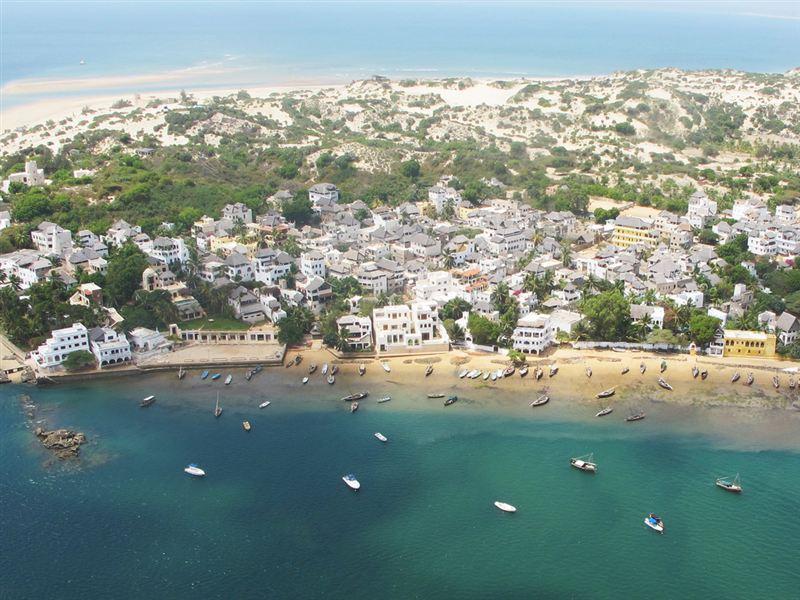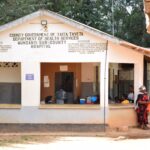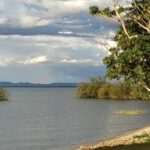Lamu County, a jewel along Kenya’s northern coastline, is home to 10 administrative wards spread across two constituencies. Covering 6,474.7 square kilometers, including a mainland chunk and over 65 islands in the Lamu Archipelago, this county boasts a 130 km coastline and a population of over 143,920 (2019 Kenya Census). For Kenyan business professionals, understanding these wards—from Lamu West’s bustling trade hubs to Lamu East’s island charm—offers a roadmap to tap into a region brimming with potential.
Lamu County: Kenya’s Coastal Treasure
Lamu County sits on Kenya’s northern coast, bordered by Somalia to the northeast, Garissa to the north, Tana River to the southwest, and the Indian Ocean to the south. Its two constituencies—Lamu West and Lamu East—divide into 10 wards, each with an MCA shaping local growth. With 69,793 registered voters (IEBC 2017), Lamu’s consumer base, though small, is vibrant and growing.
The county’s economy, valued at over KSh 8 billion annually (county estimates), hinges on tourism—think Lamu Old Town, a UNESCO World Heritage Site—alongside fishing and trade. Governor Timamy’s focus on infrastructure and the Lamu Port South Sudan-Ethiopia Transport (LAPSSET) corridor keeps Lamu in the spotlight, making its wards micro-markets worth exploring. Here’s the full ward lineup.
Full List of Wards in Lamu County by Constituency
Lamu’s 10 wards span two constituencies, each with distinct economic vibes. Below, they’re laid out with insights into what drives them.
Lamu West Constituency
Population: ~100,000 (est.). The mainland and urban hub.
- Shella Ward
- Profile: Coastal, tourism hotspot near Shela Beach.
- Business Angle: Boutique hotels or beachfront cafes.
- Mkomani Ward
- Profile: Urban core, Lamu Town center, trade hub.
- Business Angle: Retail or cultural tourism ventures.
- Hindi Ward
- Profile: Rural, farming and trade mix.
- Business Angle: Agro-processing or farm inputs.
- Mkunumbi Ward
- Profile: Agricultural, lush landscapes.
- Business Angle: Crop exports or fishing gear supply.
- Hongwe Ward
- Profile: Historical, trade growth near ruins.
- Business Angle: Heritage tours or consumer goods.
- Witu Ward
- Profile: Near Dodori Reserve, eco-tourism base.
- Business Angle: Safari camps or wildlife products.
- Bahari Ward
- Profile: Coastal gateway, trade and transport.
- Business Angle: Logistics or marine services.
Lamu East Constituency
Population: ~40,000 (est.). The island pastoral and fishing zone.
- Faza Ward
- Profile: Island, fishing and beaches.
- Business Angle: Seafood processing or eco-lodges.
- Kiunga Ward
- Profile: Remote, near Kiunga Marine Reserve.
- Business Angle: Marine tourism or conservation ventures.
- Basuba Ward
- Profile: Rural, pastoral and farming.
- Business Angle: Livestock trade or solar solutions.
Economic Drivers of Lamu’s Wards
Lamu’s wards power a KSh 8 billion+ economy rooted in tourism and fishing but branching into new terrain. Tourism generates KSh 3 billion yearly, with 20,000 visitors flocking to Lamu Old Town and Shela Beach in 2023 (Kenya Tourism Board). Fishing—over 2,000 tonnes annually—adds KSh 2 billion, while trade in urban wards like Mkomani and Bahari contributes KSh 2 billion. Agriculture, including mangoes and coconuts in Mkunumbi, chips in KSh 1 billion.
Key stats:
- Tourism: 50% of Lamu’s economy, per county data.
- Fishing: 60% of households fish, 2019 Census.
- Population Density: 23 people per km², with Lamu Town at 5,000+ residents.
The LAPSSET project, set to launch its first berth in 2025, promises a KSh 500 billion boost over a decade, linking wards like Bahari to global trade.
Business Opportunities Across Lamu’s Wards
Lamu’s 10 wards offer tailored prospects for 2025. Here’s where to dive in:
Tourism and Hospitality
- Target Wards: Shella, Mkomani, Faza, Kiunga.
- Opportunities: Dhow cruises, eco-lodges, or cultural festivals.
- Why: 20,000 visitors in 2023—only 10% of capacity tapped (county estimates).
Fishing and Seafood Processing
- Target Wards: Faza, Mkunumbi, Bahari, Kiunga.
- Opportunities: Cold storage, fish exports, or value-added products.
- Why: 2,000 tonnes of fish yearly—80% sold raw, losing KSh 500 million in value.
Retail and Consumer Markets
- Target Wards: Mkomani, Bahari, Hongwe.
- Opportunities: Supermarkets, tech shops, or FMCG hubs.
- Why: Urban wards see 5% consumer growth yearly.
Renewable Energy and Infrastructure
- Target Wards: Basuba, Hindi, Witu, Kiunga.
- Opportunities: Solar grids or water harvesting.
- Why: Only 15% of homes use electricity—solar potential hits 6 kWh/m² daily.
Challenges Facing Lamu’s Wards
Lamu’s wards face hurdles that savvy businesses can turn into wins:
- Infrastructure: 10% of roads are paved—rural wards like Basuba lag in trade.
- Water Scarcity: 70% rely on rainwater—drought cuts yields 20% yearly.
- Population Pressure: LAPSSET could draw 1 million migrants by 2030, straining services.
These gaps spell niches—logistics firms, water tech, or housing solutions could bridge the divide. In 2023, 40% used improved water sources, with Mkomani at 80%—a rural-urban split to address.





